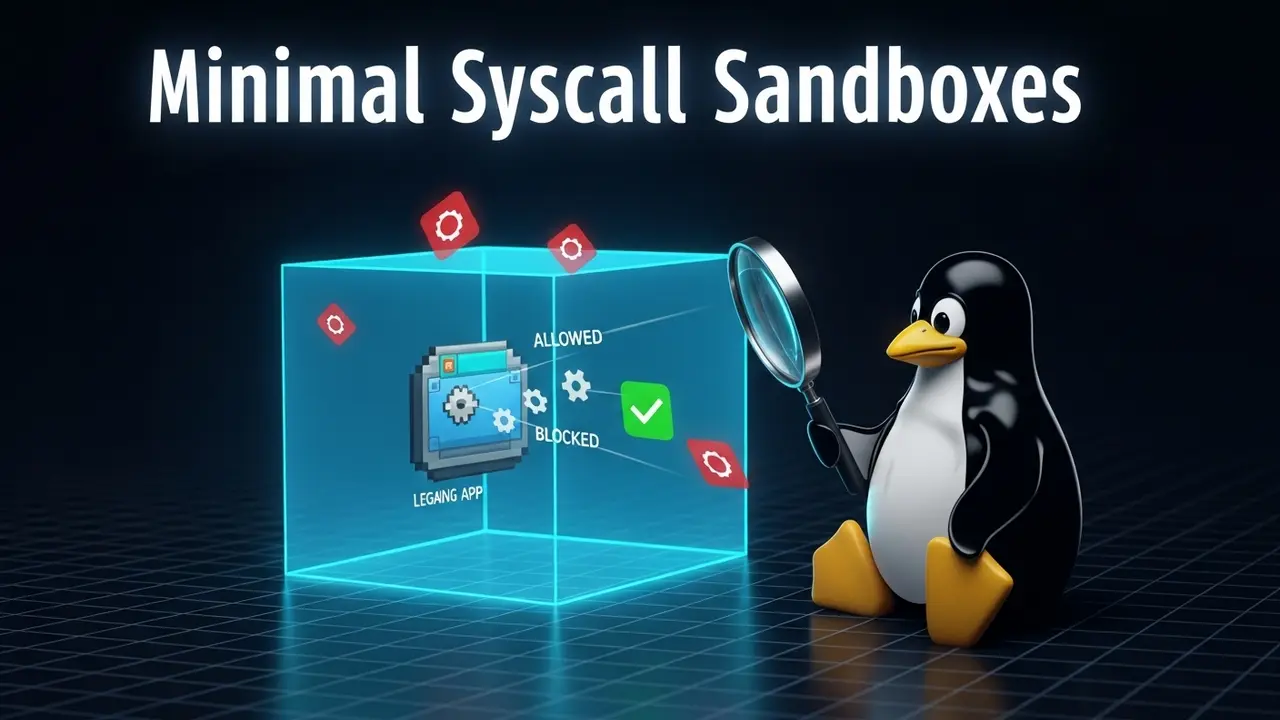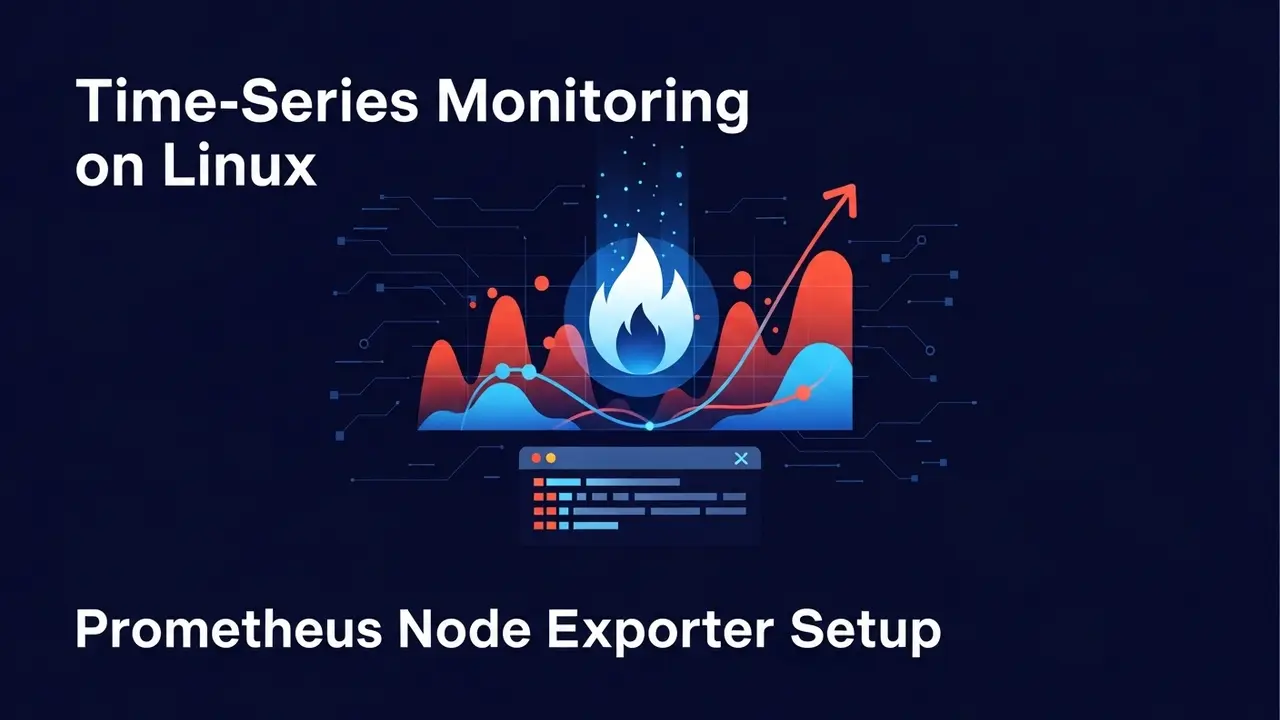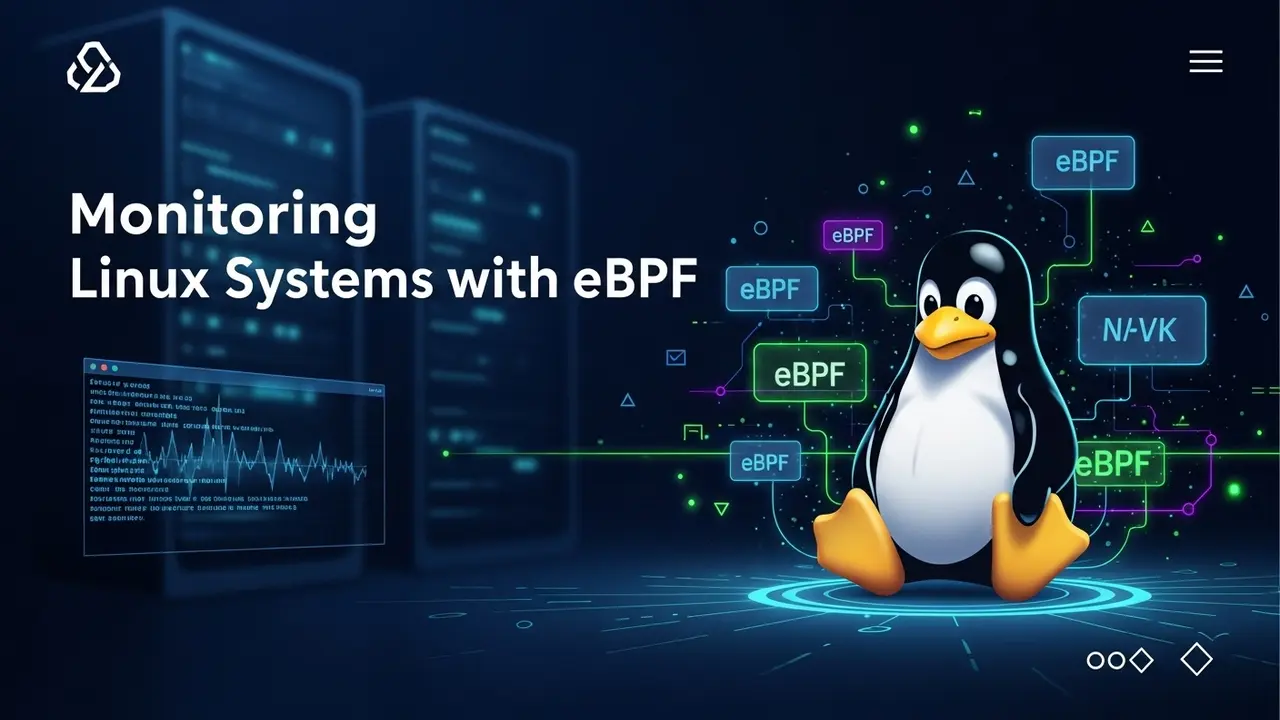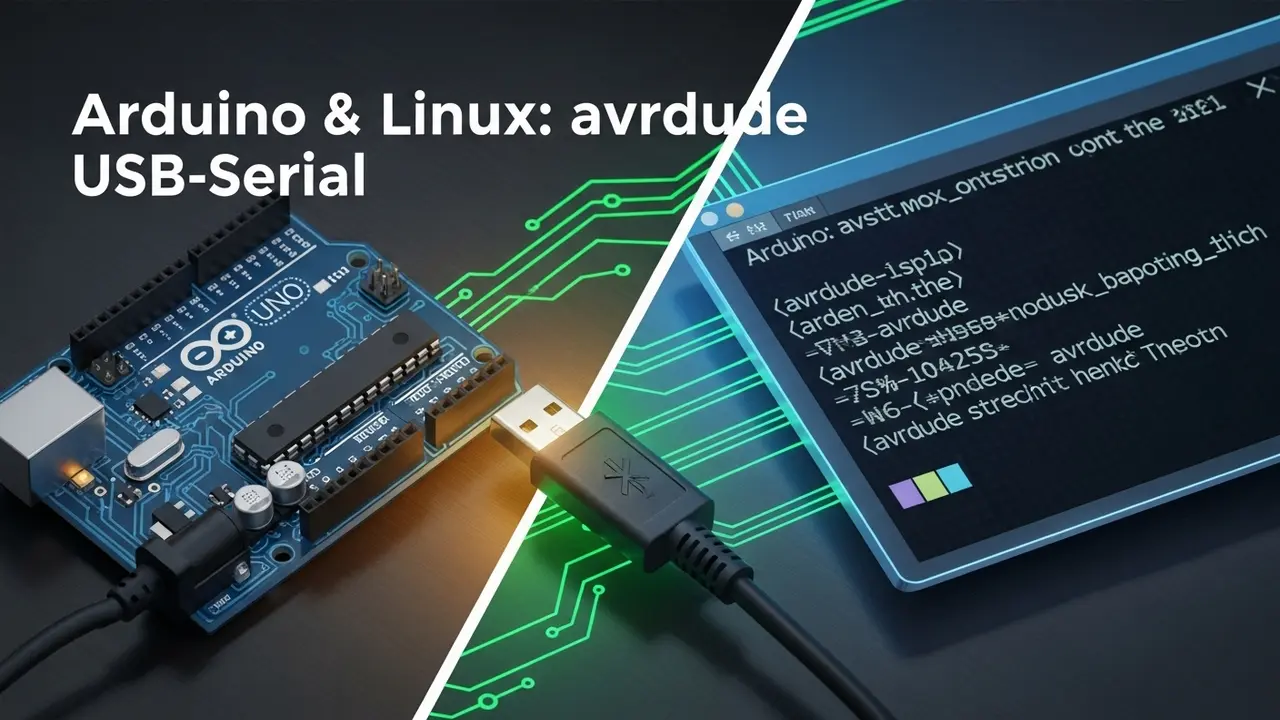Your Grandpa’s Linux App Is Now the #1 Way In
Two-thirds of last year’s breaches started inside legacy software—old ERPs, crusty payroll tools, the stuff the CFO swears “still works fine.”
One zero-day in a 20-year-old invoicing module and every customer file walks out the front door. That’s not a scare story; that’s the 2024 Verizon DBIR in plain English.
Why the Old Stuff Is So Dangerous
Back then nobody cared about least-privilege. Apps got every syscall on tap, like handing a teenager the master key to your house.
Today an attacker only needs one unused syscall to pivot from “I can read logs” to “I own the box.”
The `strace` Nightmare We All Pretend Doesn’t Exist
Picture this:
- SSH into a production box at 2 a.m.
- Run strace -f -o trace.log ./ancient_app
- Wait two hours
- Open a 40 MB text file
- Realize you still have no clue which syscalls are actually needed
Repeat until burnout or compliance auditor—whichever shows up first.
We’ve all been there. That’s why most teams simply skip syscall sandboxing and hope for the best.
2025: Meet the Robot That Does It for You
New kid on the block: Seccomp Profiler 2025. A small CLI tool that watches your app, learns what it touches, and spits out a ready-to-use seccomp profile.
No kernel PhD required.
How It Works in Plain English
- Watch – Run the profiler while your app does its normal stuff.
- Learn – Tiny ML model figures out the minimal syscall list.
- Lock Down – Tool writes a JSON profile that blocks everything else.
- Deploy – One flag to Docker or a Kubernetes admission controller and you’re done.
Example:
# Start recording
./seccomp-profiler-2025 --profile ./myapp --output myapp.json
# Use it in Docker
docker run --security-opt seccomp=myapp.json myapp:latest
Zero Code, Zero Downtime
You don’t touch the legacy binary. You don’t recompile. The profiler watches from the outside, so the suits keep their uptime SLA and you still get a bulletproof sandbox.
Think of it like shrink-wrap: clear, tight, invisible to the user.
Real-World Walk-Through
Last month I dropped Seccomp Profiler on a client’s 1998 Perl billing script.
Steps I actually took:
- Copied the binary to staging.
- Ran the profiler during a normal month-end batch.
- Reviewed the AI-suggested whitelist: 37 syscalls out of 330 possible. That’s it.
- Tested twice, deployed once.
- Compliance team signed off the same day.
Total time: 47 minutes. Previous manual attempt took six weeks and still broke printing.
FAQs (Because You’ll Ask Anyway)
Will this break my app?
No. Test in staging first. The tool records everything, so you’ll spot missing calls before prod.
Do I need to patch the kernel?
Nope. Any distro from 2018 forward already ships seccomp-bpf.
Can I use it inside Kubernetes?
Yes. Drop the profile into your PodSecurityPolicy or OPA gatekeeper rule and walk away.
What if the app changes later?
Turn on adaptive mode. The profiler keeps learning; you just redeploy the fresh profile once a quarter.
Bottom Line
Your legacy Linux app is the softest target in the building. One afternoon with automated seccomp profiling turns it into the hardest.
Start today. Stop hoping, start shrinking the attack surface.







